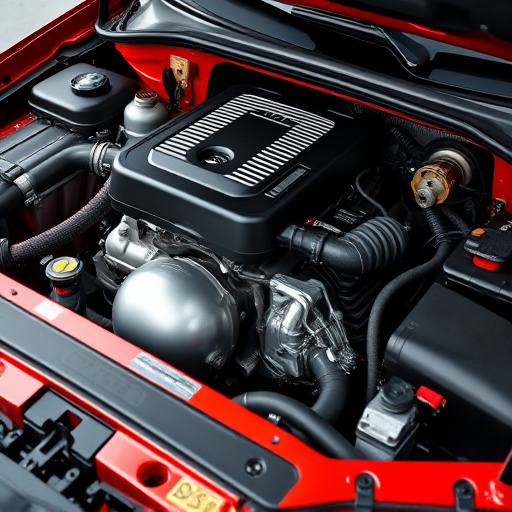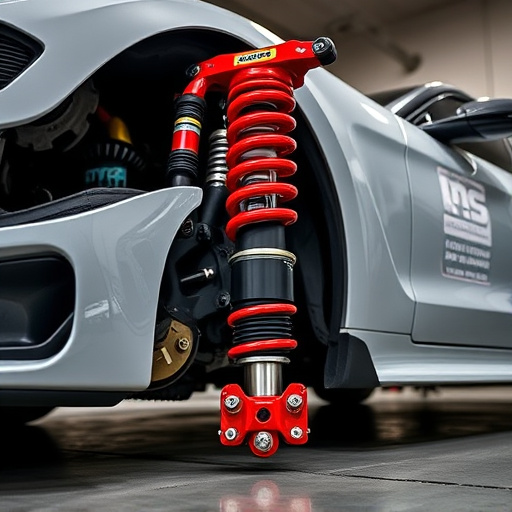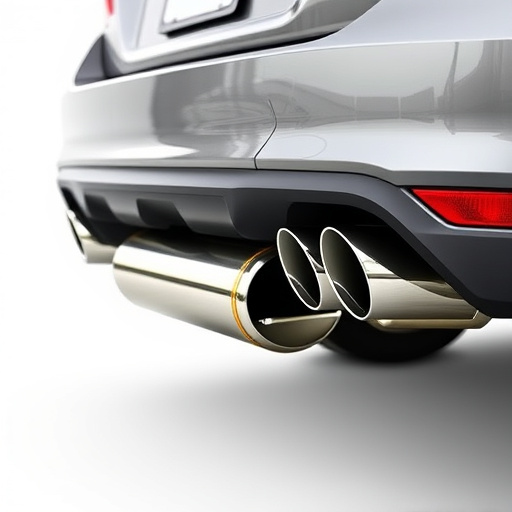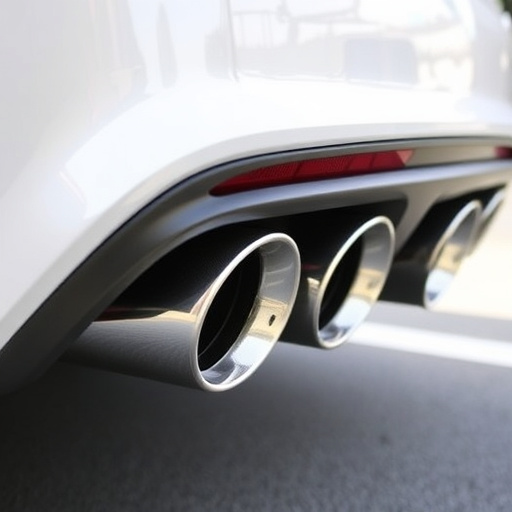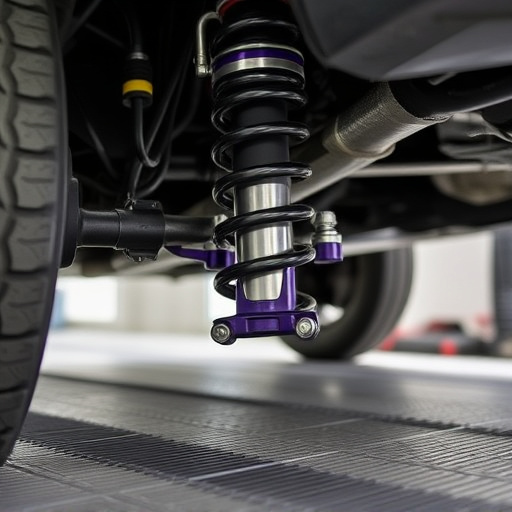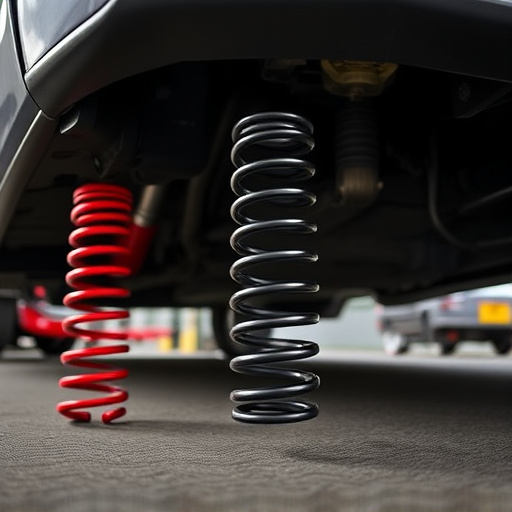The single exhaust system offers advantages over dual systems with its simpler design, lighter weight, reduced vibration/noise, cost savings, and enhanced engine performance due to decreased backpressure. It's a popular choice for automotive enthusiasts seeking balance between simplicity, cost-effectiveness, and improved performance. Ideal for daily drivers and modestly modified vehicles, it streamlines under-the-hood layout and provides a refined sound without overwhelming sensory experience. In performance upgrades, single exhausts prioritize power output while dual systems offer better sound modulation and tuning flexibility.
In the realm of automotive performance, choosing between a single exhaust and dual setup is a crucial decision for enthusiasts. This article guides you through the intricacies of single exhaust systems, highlighting their basics, benefits, and ideal use cases. We explore scenarios where a single exhaust system excels, offering enhanced power and weight savings. Additionally, we conduct a performance comparison and efficiency analysis to shed light on why certain vehicles benefit most from this setup.
- Understanding Single Exhaust Systems: Basics and Benefits
- When is a Single Exhaust System Ideal? Use Cases Explored
- Dual vs. Single: Performance Comparison and Efficiency Analysis
Understanding Single Exhaust Systems: Basics and Benefits
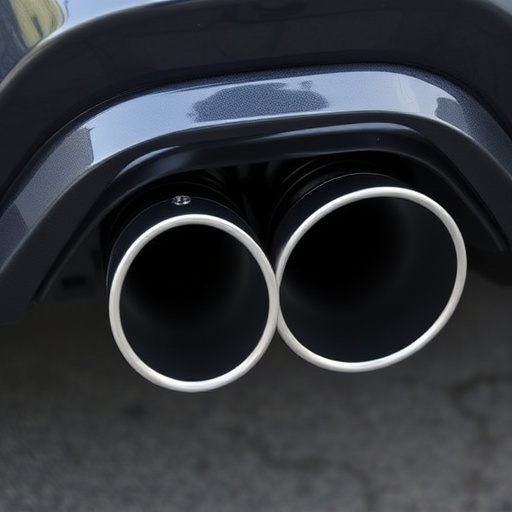
A single exhaust system is a straightforward setup where all the exhaust gases from the engine are directed through one pipe out of the vehicle. Unlike dual exhaust systems that split the exhaust flow, a single exhaust system offers several benefits. For instance, it tends to be simpler and lighter in design, making it easier to install and less likely to cause vibration or noise issues. This simplicity also translates into potential cost savings during both installation and maintenance.
Moreover, single exhaust systems can enhance engine performance by reducing backpressure, allowing for smoother gas flow and potentially boosting horsepower. They are particularly advantageous for vehicles with modified air intake systems or performance brakes, as they help maintain optimal engine performance under various driving conditions. In essence, a well-designed single exhaust system strikes a balance between simplicity, cost-effectiveness, and enhanced performance, making it a compelling choice for many automotive enthusiasts.
When is a Single Exhaust System Ideal? Use Cases Explored
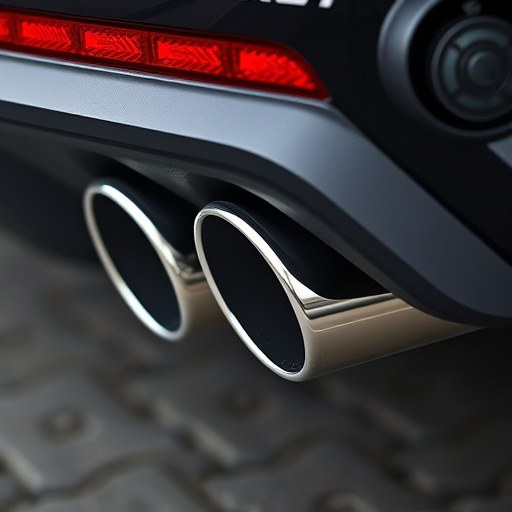
A single exhaust system is an ideal choice for vehicle owners who prioritize simplicity, cost-effectiveness, and straightforward installation. This setup is particularly well-suited for daily drivers that don’t demand extreme performance or modifications. In scenarios where the focus is on enhancing the overall driving experience rather than pushing the engine to its limits, a single exhaust can deliver a balanced and refined sound, ensuring a comfortable ride without overwhelming the senses.
Use cases such as stock vehicles or those with modest tuning, like adding intake components or coilover kits for improved handling, often benefit from a single exhaust. It streamlines the under-the-hood layout, reducing potential interference with other modifications. Moreover, it eliminates the complexity and noise associated with dual exhaust systems, making it a discreet upgrade that doesn’t compromise the vehicle’s practicality or streetworthiness.
Dual vs. Single: Performance Comparison and Efficiency Analysis
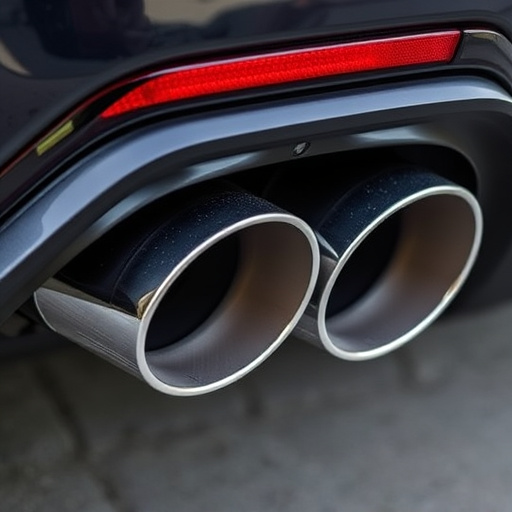
In the realm of automotive performance upgrades, the choice between a single exhaust system and a dual setup is a hotly debated topic among enthusiasts. When it comes to efficiency and performance comparison, both systems have their merits. A single exhaust system is often preferred for its straightforward design, which can result in better airflow due to reduced backpressure. This configuration typically allows for more power and torque output, making it an attractive choice for those seeking enhanced acceleration and a more aggressive driving experience.
On the other hand, dual exhaust systems offer a unique advantage by providing better sound modulation and a broader range of tuning possibilities. The split design enables independent control over each side, allowing for fine-tuning to optimize both power and noise levels. While this setup might not always translate to raw power gains, it caters to enthusiasts who value the sensory experience, including the distinctive sound of high-performance exhaust notes. Moreover, dual exhaust systems can complement advanced air intake systems, ensuring optimal gas exchange and enhancing overall engine efficiency.
Choosing between a single exhaust and dual setup depends on your vehicle’s needs. Single exhaust systems offer simplicity, cost-effectiveness, and improved fuel efficiency, making them ideal for daily drivers and budget-conscious enthusiasts. However, for high-performance vehicles or those seeking maximum power, a dual exhaust setup provides enhanced performance and a distinctive sound. Understanding the pros and cons of each system is key to making an informed decision that aligns with your driving requirements.








